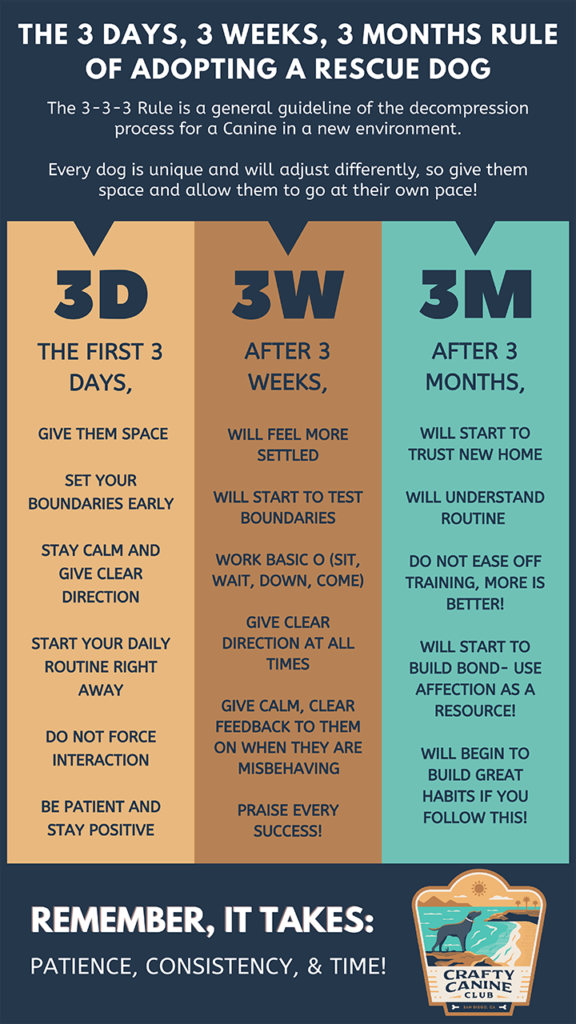How to Transition a Rescue Dog into Your Home
Bringing a rescue dog into your home is one of the most rewarding experiences for any pet lover. However, the process can be overwhelming—for both you and your new furry friend. Ensuring a smooth transition requires preparation, patience, and understanding. Here’s a comprehensive guide to help you welcome your rescue dog and make them feel at home.
Prepare Your Home
Before your rescue dog arrives, it’s crucial to create a safe and comfortable environment for them. This preparation helps minimize stress and ensures a smoother adjustment period.
Create a Safe Space
Every dog needs a designated area where they can retreat when feeling overwhelmed.
- Choose a quiet corner or room equipped with:
- Soft bedding for comfort.
- Familiar toys to ease anxiety.
- Access to fresh water.
- Avoid high-traffic areas to reduce stimulation during the initial days.
“Providing a safe space gives your rescue dog the security they need to start feeling at home.”
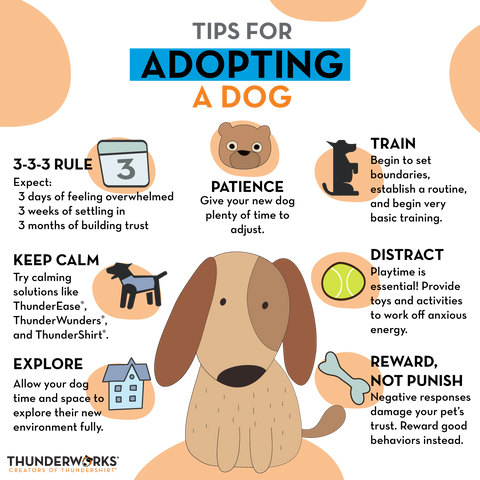
Pro Tip: Explore premium-quality pet bedding and accessories at Found My Animal. Use discount code: mytopdeals10 to save on your purchase.
Dog-Proof Your Home
To keep your new companion safe, make sure your home is free of hazards.
- Remove toxic plants, such as lilies and aloe vera, from accessible areas.
- Secure electrical cords and keep small objects out of reach to prevent choking.
- Install baby gates to restrict access to areas like the kitchen or stairs until your dog becomes comfortable.
“A dog-proof home not only protects your pet but also prevents accidents during the adjustment phase.”
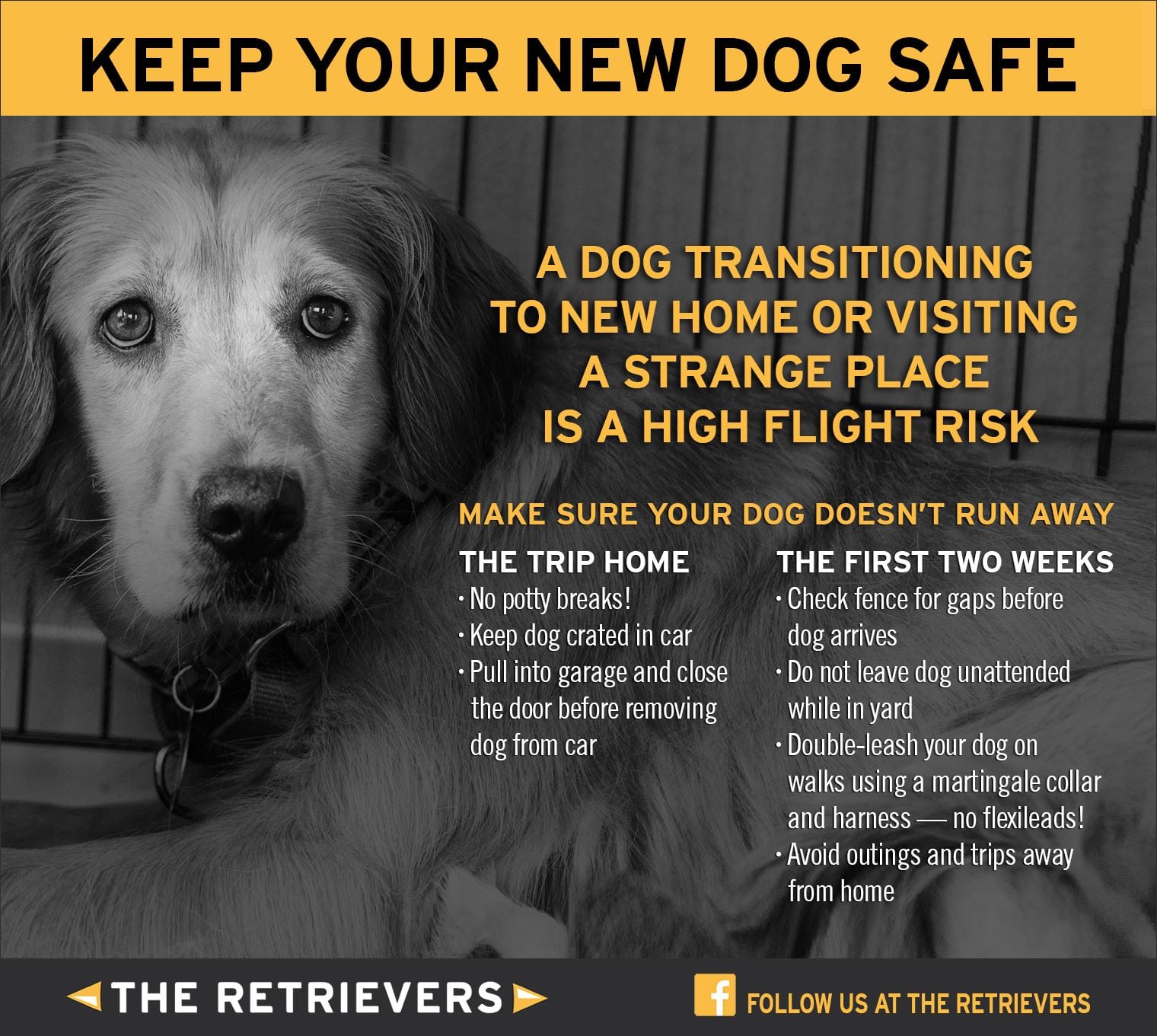
The First Day
The first day in their new home can be overwhelming for a rescue dog. By keeping things calm and predictable, you can help them feel secure.
Keep It Calm
Rescue dogs often come from stressful environments, so it’s essential to create a peaceful atmosphere on their first day.
- Avoid having visitors over.
- Keep household noise levels low.
- Allow your dog to explore their surroundings at their own pace without overwhelming them.
“A quiet and welcoming first day sets the stage for a positive transition.”
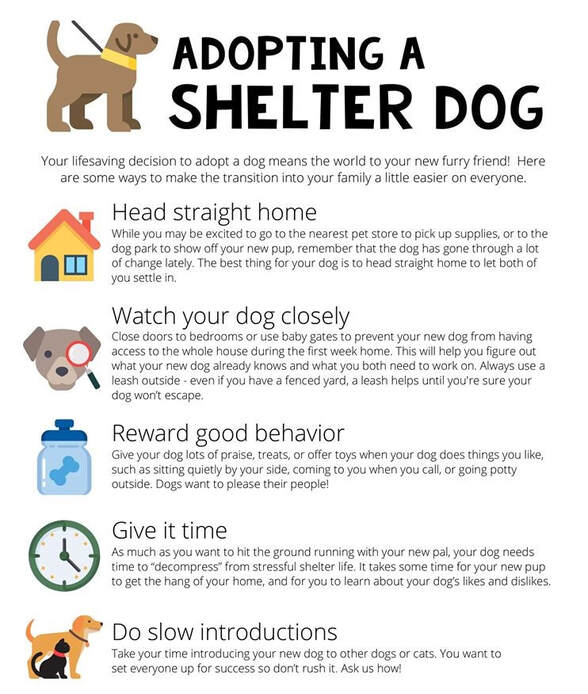
Introduce Familiar Items
Familiar scents can comfort your rescue dog and help them adjust faster.
- If possible, bring an item from their previous environment, such as a blanket or toy.
- Introduce these items in their safe space to create a sense of familiarity.
“A familiar smell can be incredibly reassuring for a dog adapting to a new environment.”
Establishing a Routine
Creating a predictable routine is critical for a rescue dog’s emotional well-being. Routines provide structure and help your dog feel more secure in their new home.
Set a Schedule
Dogs thrive on consistency, and rescue dogs especially benefit from predictable routines.
- Establish regular times for:
- Feeding.
- Walks and playtime.
- Sleep and relaxation.
- Stick to the schedule daily to build trust and reduce anxiety.
Gradual Introductions
Introducing your rescue dog to family members and other pets should be done carefully.
- Start with short, supervised interactions.
- Reward positive behavior with treats and praise.
- Give your dog time to bond with each family member without pressure.
“Patience and gradual introductions help build trust and foster positive relationships.”
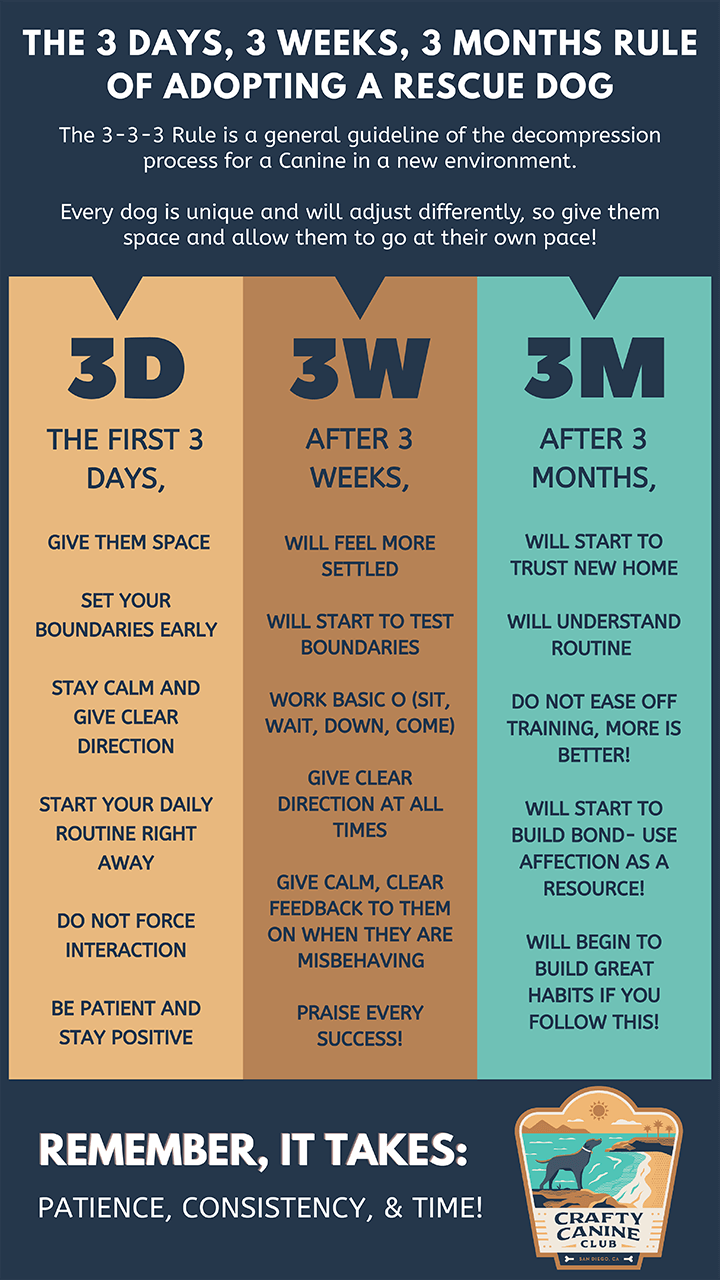
Stay tuned for the second half of this article, where we’ll cover socialization, behavior monitoring, and tips for addressing common challenges during the transition process.
In the meantime, shop for high-quality pet supplies at Found My Animal. Use discount code: mytopdeals10 to save while supporting your pet’s journey to a happy, healthy life.
For more expert tips and product reviews, visit MyTopDeals10.com. Together, let’s make every rescue dog feel at home!
Take Things Slow
Transitioning a rescue dog into your home requires patience. Every dog adjusts at their own pace, and rushing the process can create unnecessary stress for both of you.
Limit Freedom Initially
While it might be tempting to let your dog roam the house freely, this can be overwhelming in the beginning.
- Restrict access to specific areas using baby gates or closed doors.
- Gradually expand their access as they become more comfortable and confident.
- Always provide access to their safe space to retreat if needed.
“By limiting their freedom early on, you create a more secure environment for your dog to explore and adapt.”
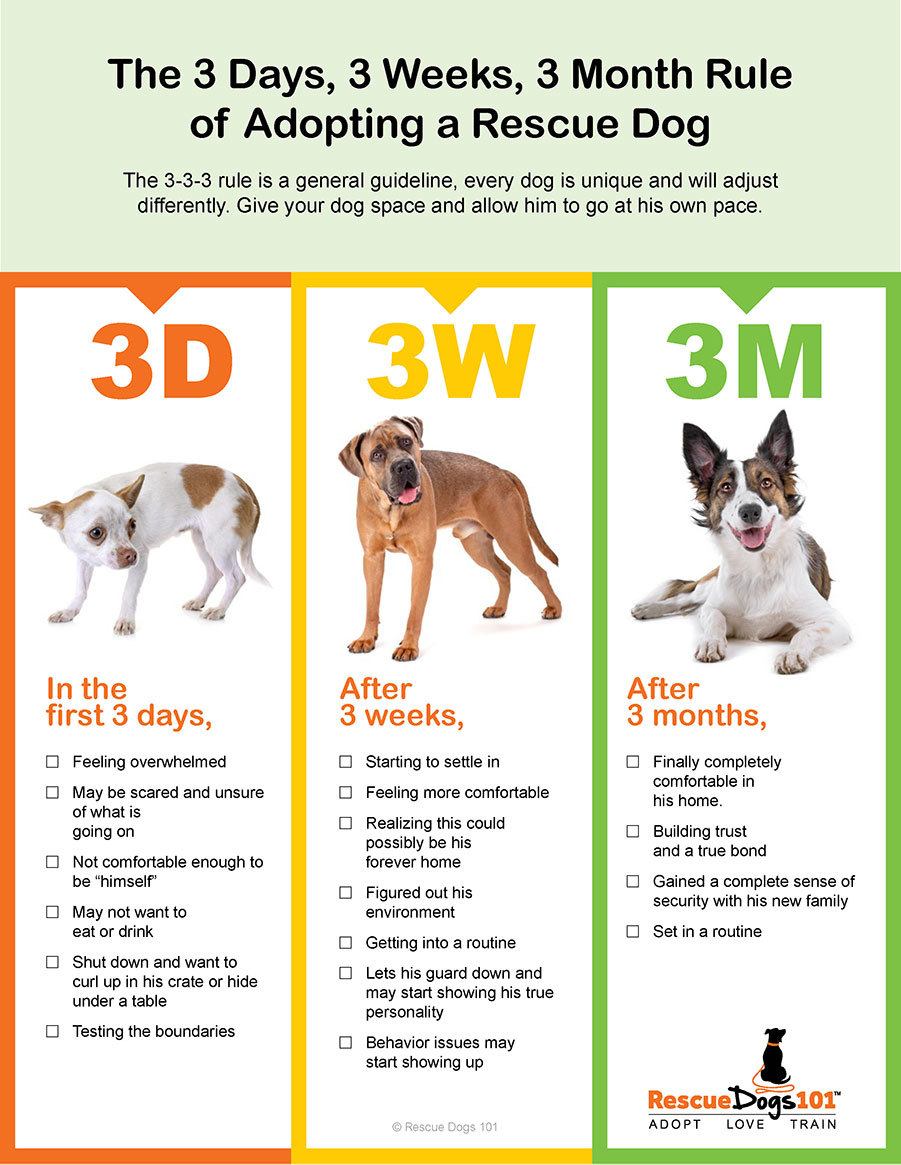
Socialization and Exploration
Helping your dog feel comfortable with their surroundings and new people is a vital part of their transition.
Short Walks
Introducing your dog to the world outside your home is a great way to build confidence and reduce excess energy.
- Start with short, quiet walks around your neighborhood.
- Allow your dog to sniff and explore at their own pace to build familiarity.
- Gradually introduce them to busier areas once they are more comfortable.
“Short walks help your rescue dog adjust to new environments while reinforcing positive behaviors.”
Encourage Exploration
Within your home, let your dog explore under supervision.
- Let them sniff and investigate at their own pace.
- Reward calm and curious behavior with treats or praise to encourage exploration.

Discover essential walking accessories at Found My Animal. Use discount code: mytopdeals10 for savings while ensuring your dog has high-quality gear.
Monitor Behavior
Your rescue dog’s behavior will give you valuable clues about their comfort level and adjustment.
Watch for Signs of Stress
Dogs express stress and fear in various ways. Keep an eye out for:
- Excessive panting, whining, or barking.
- Cowering, hiding, or pacing.
- Loss of appetite or reluctance to engage.
If you notice these signs, give your dog time and space to decompress.
“Understanding your dog’s behavior is key to building trust and reducing anxiety.”
Seek Professional Help if Needed
If behavioral challenges persist or worsen, don’t hesitate to consult a professional.
- Reach out to an animal behaviorist or trainer experienced with rescue dogs.
- Your veterinarian can also provide guidance on managing anxiety or fear.

FAQs
Q1: How long does it take for a rescue dog to adjust to a new home?
Every dog is different, but most follow the 3-3-3 rule:
- 3 days: Feeling overwhelmed and unsure.
- 3 weeks: Settling into a routine.
- 3 months: Fully adjusted and comfortable in their new environment.
Q2: How can I make my rescue dog feel at home faster?
Focus on creating a safe space, sticking to a consistent routine, and offering patience and love.
Q3: What should I avoid when transitioning a rescue dog?
Avoid overwhelming your dog with too many new people or experiences. Take things slow and let them acclimate gradually.
Q4: What if my rescue dog doesn’t eat or drink?
It’s common for rescue dogs to lose their appetite initially. Keep offering food and water and consult your vet if the issue persists for more than a day or two.
Conclusion
Welcoming a rescue dog into your home is a transformative experience for both you and your new companion. By preparing your home, establishing routines, and showing patience, you’ll help your dog feel safe, secure, and loved.
Start your journey today! Explore high-quality pet products designed for comfort and durability at Found My Animal. Use discount code: mytopdeals10 to save on accessories while supporting animal rescue efforts.
For more expert tips, reviews, and exclusive deals, visit MyTopDeals10.com. Together, let’s give rescue dogs the forever homes they deserve!


